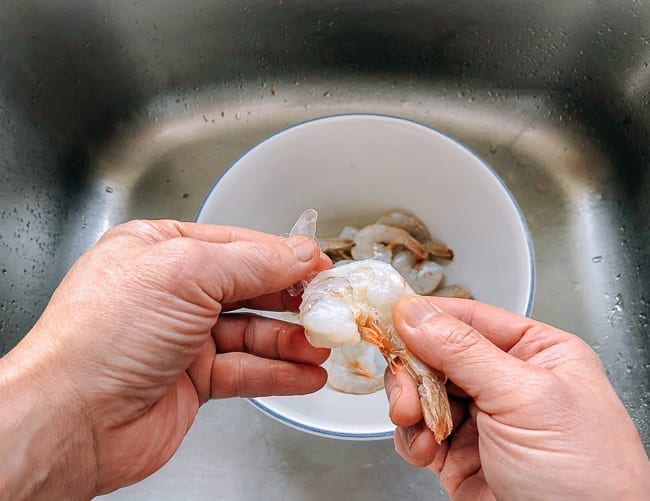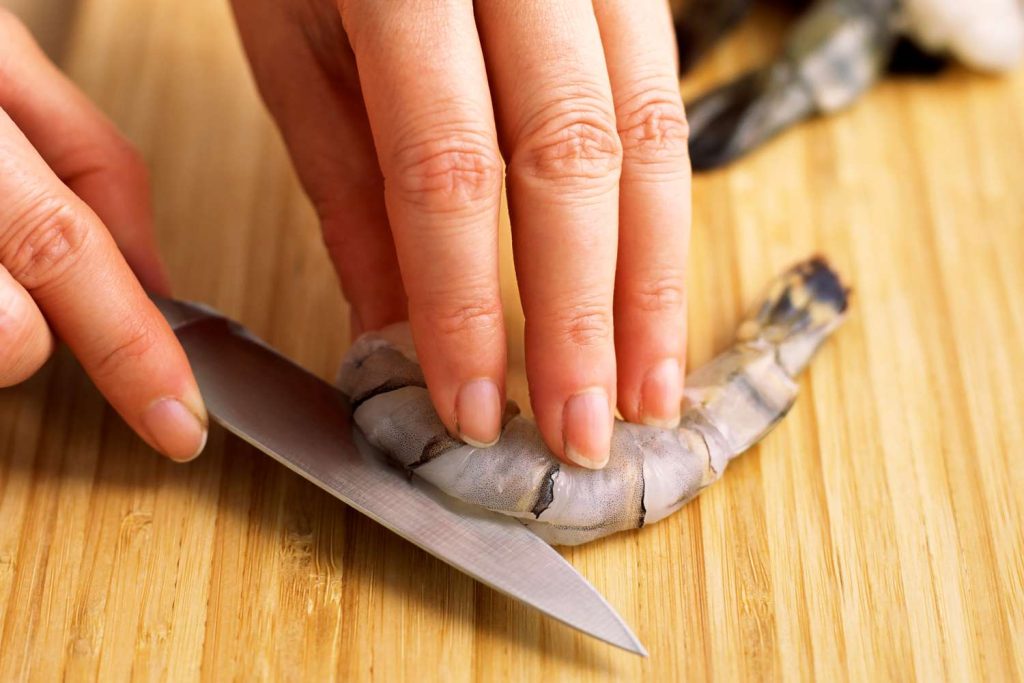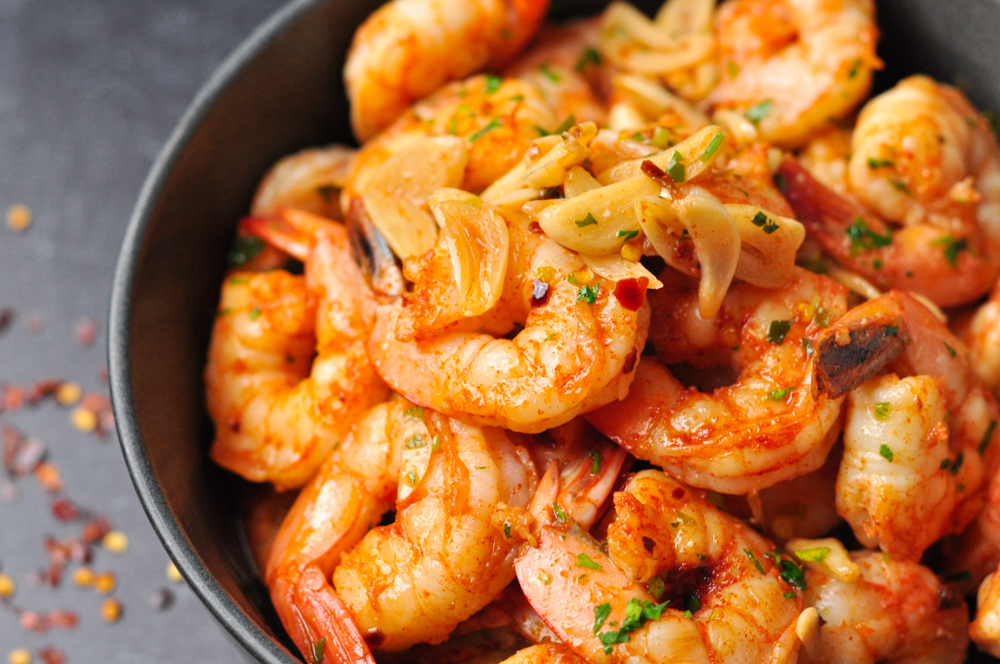
Family meals are meant to bring everyone together—but sometimes, what’s on the plate can stir up unexpected issues.
At dinner tonight, a simple shrimp dish prepared by my mother-in-law turned into a bit of a situation. The shrimp were served with the shells still on and, more importantly, they hadn’t been deveined. Because of this, I chose not to eat them and didn’t let my kids eat them either.
That led me to wonder: Isn’t deveining shrimp something you’re supposed to do?
Understanding How Shrimp Are Prepared

Shrimp is loved all over the world—it’s tasty, easy to cook, and works with so many different flavors.
How it’s prepared, though, depends a lot on culture and personal preference. Some people cook shrimp with the shell on, some take it off. The same goes for deveining.
Deveining means removing the dark line along the back of the shrimp, which is actually its digestive tract.
Why Do People Devein Shrimp?
That “vein” on the back of the shrimp isn’t dangerous to eat, but it can have sand or grit in it. That can affect the texture and taste, making the shrimp less enjoyable to eat.
Many people remove it because it looks cleaner and feels better when you eat it. It’s not a health requirement, but more of a personal or cultural choice.
Is It Unsafe to Eat Shrimp That Hasn’t Been Deveined?
In general, eating undeveined shrimp isn’t harmful. It’s safe.
But some people, like myself, feel uneasy knowing they’re eating a shrimp’s digestive tract—even if it won’t make you sick. It’s more about comfort than actual health concerns.
Different Cultures, Different Shrimp Habits

In some cuisines, it’s normal to cook and serve shrimp with the shell and vein still intact. The shell can add flavor, and the dish may be seen as more traditional or authentic.
In other cultures, deveining is just what people are used to—it makes the dish look cleaner and more refined.
Understanding these differences can help us appreciate why others might do things differently in the kitchen.
Everyone Has Their Own Preferences
Some people don’t mind the vein at all. Others, like me, prefer not to see it or think about it.
If you’re someone who cares about food texture or appearance, you’re more likely to choose deveined shrimp. It’s all about what you’re comfortable with.
How to Devein Shrimp at Home

It’s actually pretty easy to devein shrimp yourself.
- Rinse the shrimp under cold water.
- Use a small knife to cut a shallow line along the back.
- Pull out the dark vein with the tip of the knife or your fingers.
- Rinse again, and you’re good to go.
It only takes a few minutes, and it makes a big difference in how clean and tasty the shrimp feels.
Talking About Food Preferences with Family

When family traditions are involved, food can be a sensitive topic.
If you’re uncomfortable with how something is prepared, try to bring it up gently. Thank the person for their effort, then explain your preferences calmly and kindly. That way, it’s not about criticizing—it’s about sharing your needs.
Final Thoughts: Finding the Balance
At the end of the day, deveining shrimp isn’t a must—it’s a personal decision.
It depends on your culture, your taste, and how you feel about food cleanliness. For some, it’s no big deal. For others, like me, it matters.
The key is finding a respectful balance between tradition, health, and personal comfort—so family meals stay warm, welcoming, and drama-free.